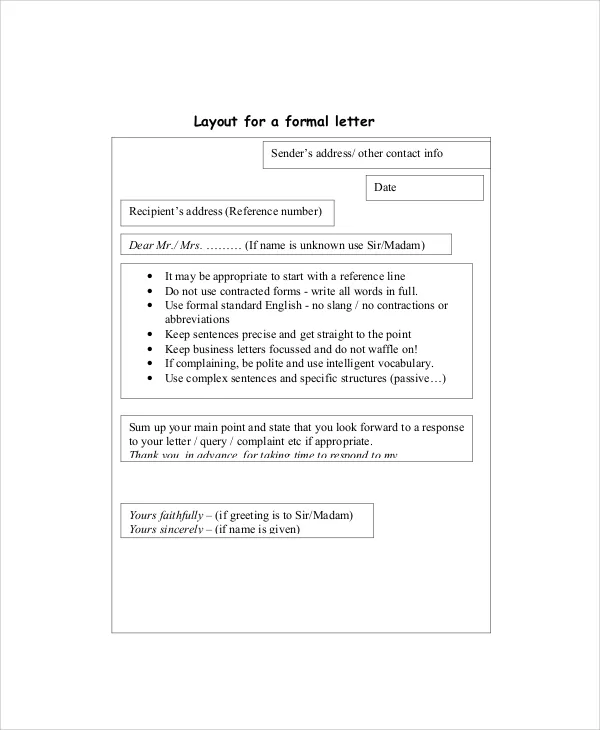Cover Letter Salutation Quick Guide
Writing a cover letter can feel daunting, especially when you don’t know who to address it to. Many job seekers struggle with the opening, unsure how to make a positive first impression. The salutation, or greeting, is crucial; it sets the tone and shows you’ve put in the effort. This guide helps you navigate the challenges of addressing cover letters to unknown recipients, ensuring your application stands out. We’ll cover various strategies, from general greetings to researching contact information, so you can craft compelling cover letters that get noticed. Whether you’re a recent graduate or a seasoned professional, these tips will help you write effective cover letters quickly and confidently.
Why You Need to Customize Your Cover Letter
In today’s competitive job market, a generic cover letter simply won’t cut it. Customizing your cover letter demonstrates that you’ve taken the time to understand the company and the specific role. It shows you’re not just sending out mass applications but genuinely interested in the opportunity. Personalization can significantly increase your chances of getting an interview. By tailoring your letter, you highlight your relevant skills and experiences in a way that directly addresses the employer’s needs, which is essential for making a strong first impression. Remember, a well-crafted cover letter is your chance to shine and showcase why you’re the perfect fit for the job.
Importance of a Personalized Cover Letter
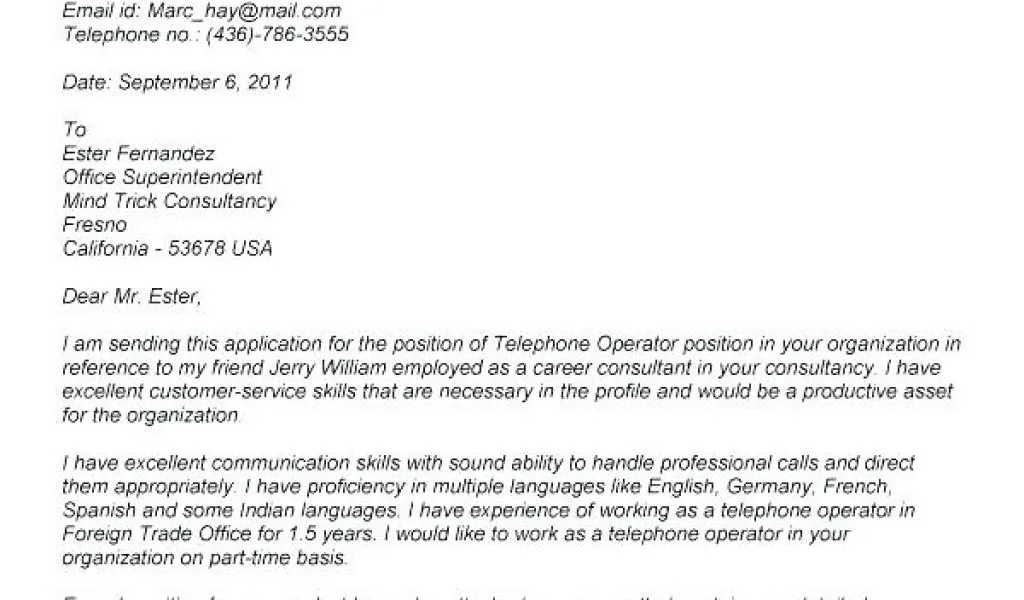
A personalized cover letter allows you to connect with the hiring manager on a deeper level. It shows you’ve done your research and understand the company’s values, mission, and culture. This level of detail helps you stand out from other applicants and makes your application more memorable. When you customize, you can directly address the employer’s needs and demonstrate how your skills and experience align with the job requirements. Personalization also provides an opportunity to showcase your personality and communication style, giving the hiring manager a better sense of who you are as a potential employee. This connection is invaluable in the hiring process.
Impact of Generic Greetings
Using generic greetings like ‘To Whom It May Concern’ can send the wrong message. It suggests you haven’t taken the time to find out who will be reading your application. While sometimes unavoidable, it can make your application appear less appealing. Generic greetings often lack the warmth and personal touch that make a cover letter engaging. Hiring managers want to see that you’re genuinely interested in the position and the company, and generic greetings do the opposite. If possible, always try to find a specific person to address your cover letter to increase the chances of it being read and remembered.
Best Cover Letter Greetings for Unknown Recipients
When you don’t know the hiring manager’s name, several greetings can work well. The key is to strike a balance between professionalism and personalization. By using the right greeting, you can make a positive first impression and show that you’re serious about the job. It’s important to choose the greeting that best fits the situation and conveys your interest in the role and the company. The right approach can make all the difference in capturing the reader’s attention and making your cover letter stand out.
Using ‘Dear Hiring Manager’
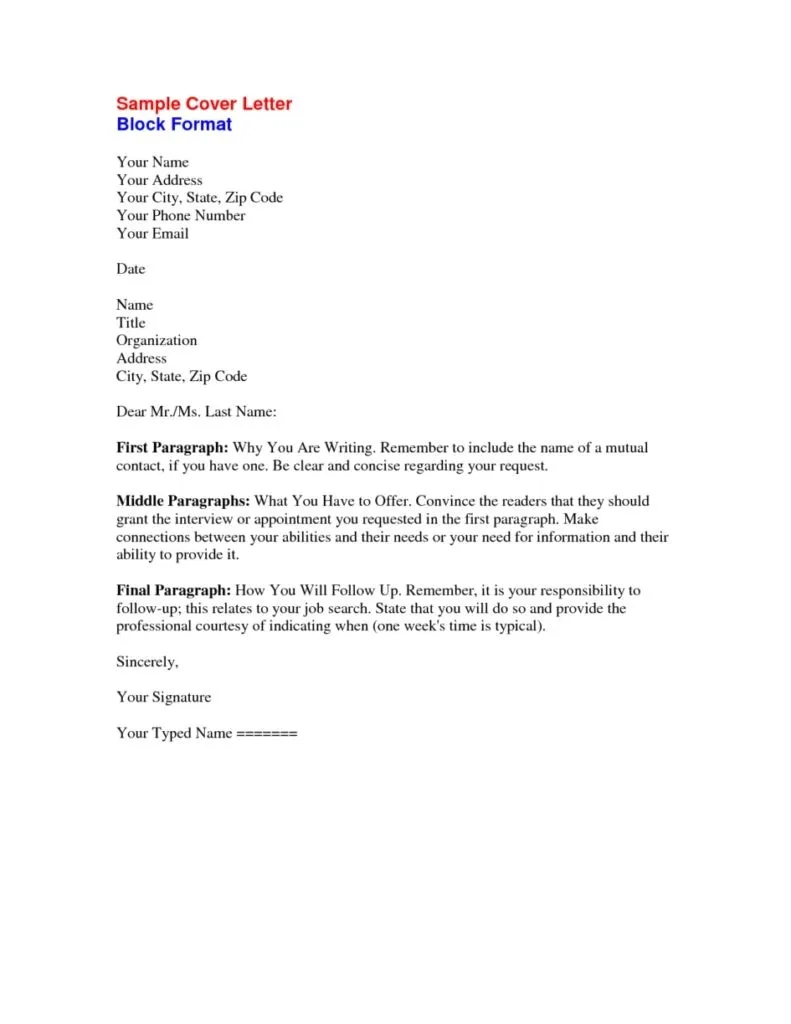
‘Dear Hiring Manager’ is a safe and widely accepted greeting when you don’t know a specific name. It’s straightforward and respectful, conveying that you’re addressing the person responsible for the hiring process. This greeting is a good choice if you’ve been unable to find a specific contact. It’s also effective because it directly acknowledges the person who will be reading your cover letter. While it lacks personalization, it’s better than using a generic greeting. It shows you are aware of the hiring process and respectful of the person in charge.
Using ‘Dear [Department] Team’
If you know the department you’re applying to but not a specific person, ‘Dear [Department] Team’ can be a good option. It indicates you’ve researched the company and understand how it’s structured. This greeting can make your application feel more personal than ‘Dear Hiring Manager’. It shows you’re interested in joining that particular team. It also allows you to tailor your cover letter to the department’s focus. This is especially useful if you’re targeting a specific team with a unique role or skillset. It demonstrates you’ve given thought to where you fit within the organization.
Researching the Company and Contacting Directly
Taking the extra step to find a specific person to address your cover letter is always recommended. It demonstrates your initiative and interest. A personalized greeting can make your application stand out from the competition. There are several ways to find this information, from checking the company website to using professional networking sites. Even if you don’t succeed in finding the exact name, your effort won’t go unnoticed. Employers appreciate applicants who go the extra mile to personalize their cover letters, especially when you are reaching out to unknown recipients.
Finding Contact Information on LinkedIn
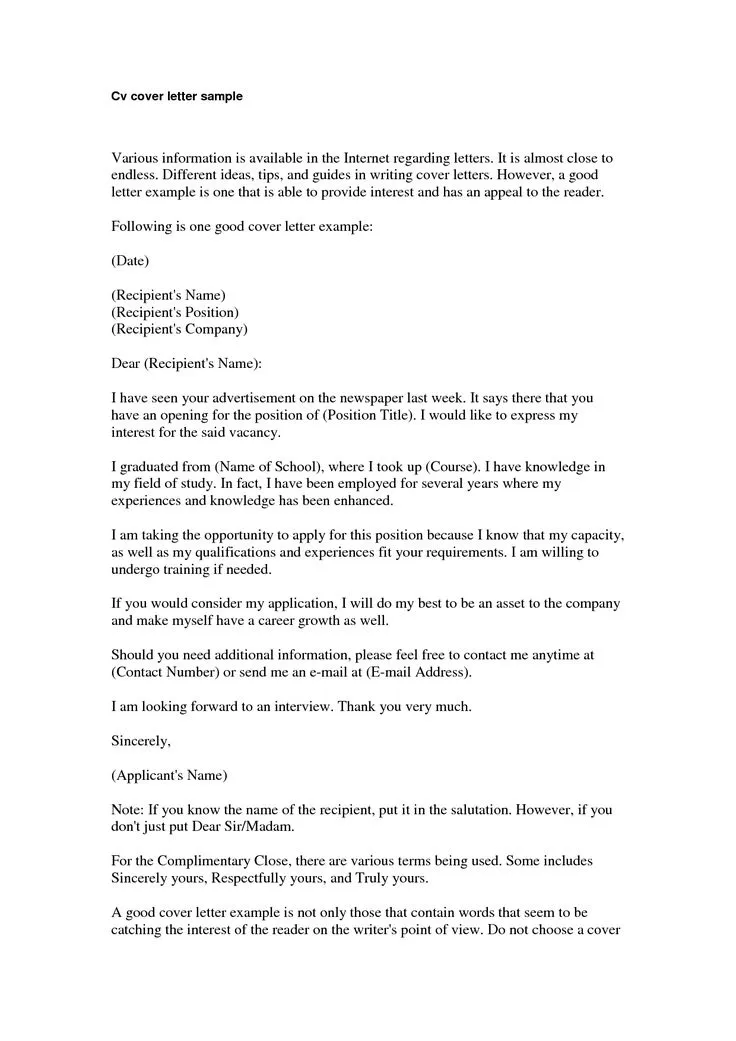
LinkedIn is an invaluable resource for finding contact information. You can search for recruiters, hiring managers, or employees within the department you’re targeting. Look for individuals involved in hiring or recruitment. Once you find a potential contact, review their profile to confirm their role and responsibilities. Often, you can find their email address or a way to connect directly. Even if you can’t find the email, you might send a message through LinkedIn to ask about the hiring manager’s name. It’s a great way to add that personal touch.
Checking the Company Website
Many company websites provide contact information for their hiring process. Check the ‘Careers’ or ‘Contact Us’ sections. Sometimes, you’ll find a dedicated email address for job applications or the name of the person in charge of recruitment. Review the ‘About Us’ section or the ‘Team’ page to see if you can identify team leads or managers. Even if you can’t find the name of the hiring manager, you might find the HR department’s email address. This enables you to address your cover letter to the correct department or team. It’s also a great way to demonstrate your interest in the company.
Using a General Greeting
If all other options fail, using a general greeting is acceptable but should be the last resort. Make sure the general greeting you choose is professional and respectful. It’s important to choose a greeting that conveys your genuine interest in the role and the company. Remember to ensure that your cover letter showcases your unique skills and experiences. It is your chance to demonstrate why you are the right fit for the job. If you do use a general greeting, make sure the rest of your letter is exceptionally well-written.
When to Use ‘To Whom It May Concern’
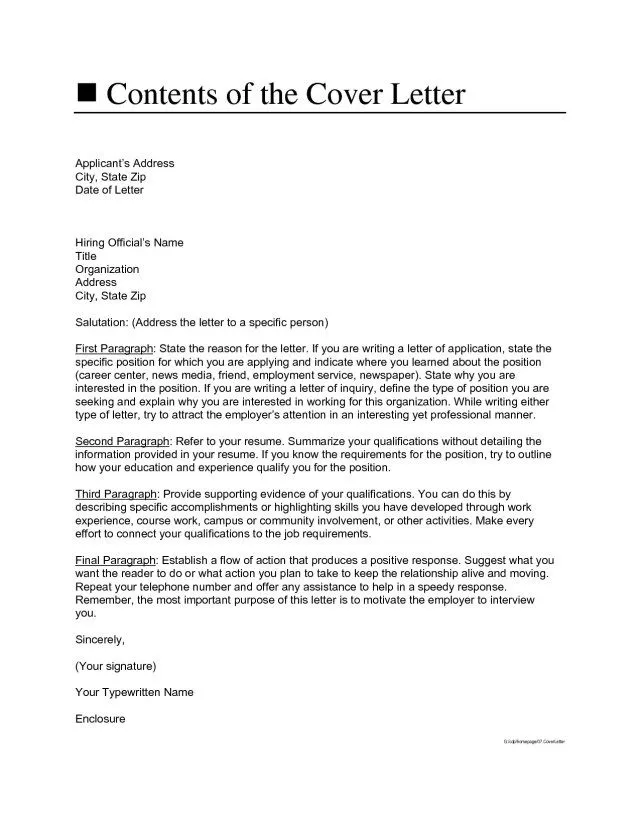
‘To Whom It May Concern’ is sometimes the only option. It is often seen as a sign of a lack of effort. While it’s better than nothing, make it a last resort. Reserve this for situations where you genuinely cannot find any other contact information. Even then, try to find an alternative. Do the research before sending your application. If you must use it, ensure the rest of your letter is exceptional and demonstrates your enthusiasm for the role. Make your qualifications and interest in the job so apparent that the reader can’t help but continue reading.
Alternatives to ‘To Whom It May Concern’
If you can’t find a specific name, try to use a more personal alternative. ‘Dear Hiring Manager’ or ‘Dear [Department] Team’ is a better option. Even if you can’t find a specific person, you can still personalize your cover letter. Address your letter to a specific department or team within the company. Use the job title or function to start your cover letter. These alternatives show a higher level of engagement than a completely generic greeting. Focus on making your letter compelling by highlighting your skills and enthusiasm for the role.
Structuring Your Cover Letter for Unknown Recipients
When you don’t know the recipient, the structure of your cover letter becomes even more critical. Your goal is to grab the reader’s attention quickly and make a strong impression. The best approach is to immediately highlight your value proposition and demonstrate how your skills and experiences align with the job requirements. Ensure your letter is well-organized, easy to read, and showcases your personality. This approach makes your application more likely to be considered. Also, a clear structure can help your cover letter stand out.
Focusing on the Company’s Needs
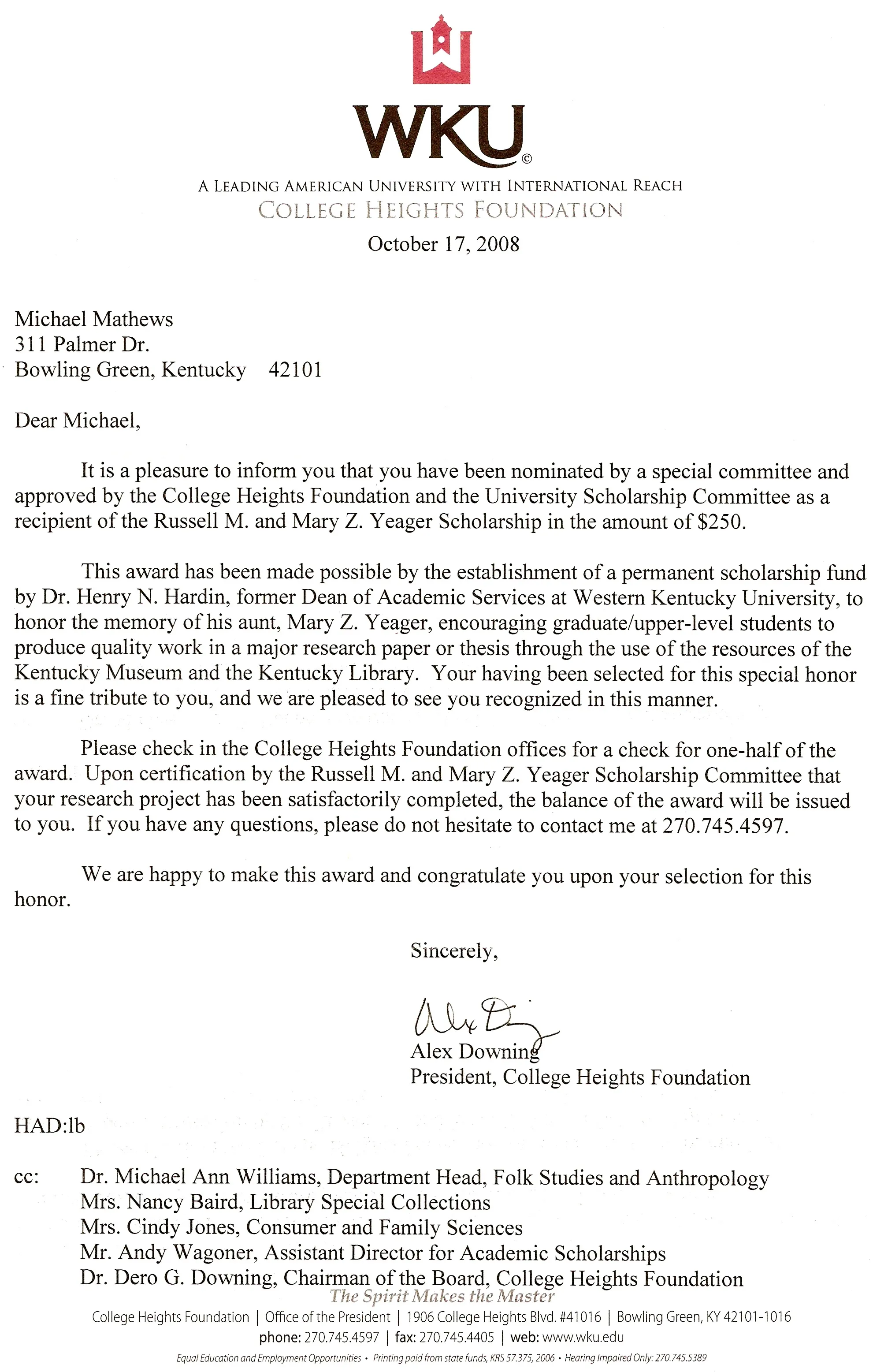
Tailor your cover letter to the company’s needs. Research the company’s mission, values, and current projects. Demonstrate that you understand what the company does and how your skills and experiences can contribute to its success. Show, don’t just tell, by providing specific examples of your accomplishments and how they relate to the job requirements. Address the employer’s needs directly. Show how you can solve problems or achieve goals. This strategy will make your cover letter more relevant and appealing. Make them see that you can bring real value to their organization.
Highlighting Relevant Skills and Experience
Clearly state the skills and experience that align with the job description. Use keywords from the job posting. Highlight achievements that demonstrate those skills. Avoid generic statements about your qualifications. Use specific examples that showcase your abilities. Be concise and focus on the most relevant information. Make sure to quantify your achievements whenever possible. For instance, if you increased sales or improved customer satisfaction, include the numbers to make your achievements more impactful and make sure you’re addressing the core requirements.
Demonstrating Enthusiasm and Interest
Express your enthusiasm for the job and the company. Explain why you’re interested in the role and what excites you about the opportunity. Research the company’s culture and values and highlight how they align with your own. Make sure you demonstrate your passion for the industry. Show that you’re not just looking for a job but are genuinely interested in the company and its mission. Enthusiasm can be a deciding factor. Make your cover letter read like a personalized statement. Let your passion for the work shine through.
Cover Letter Tips for Success
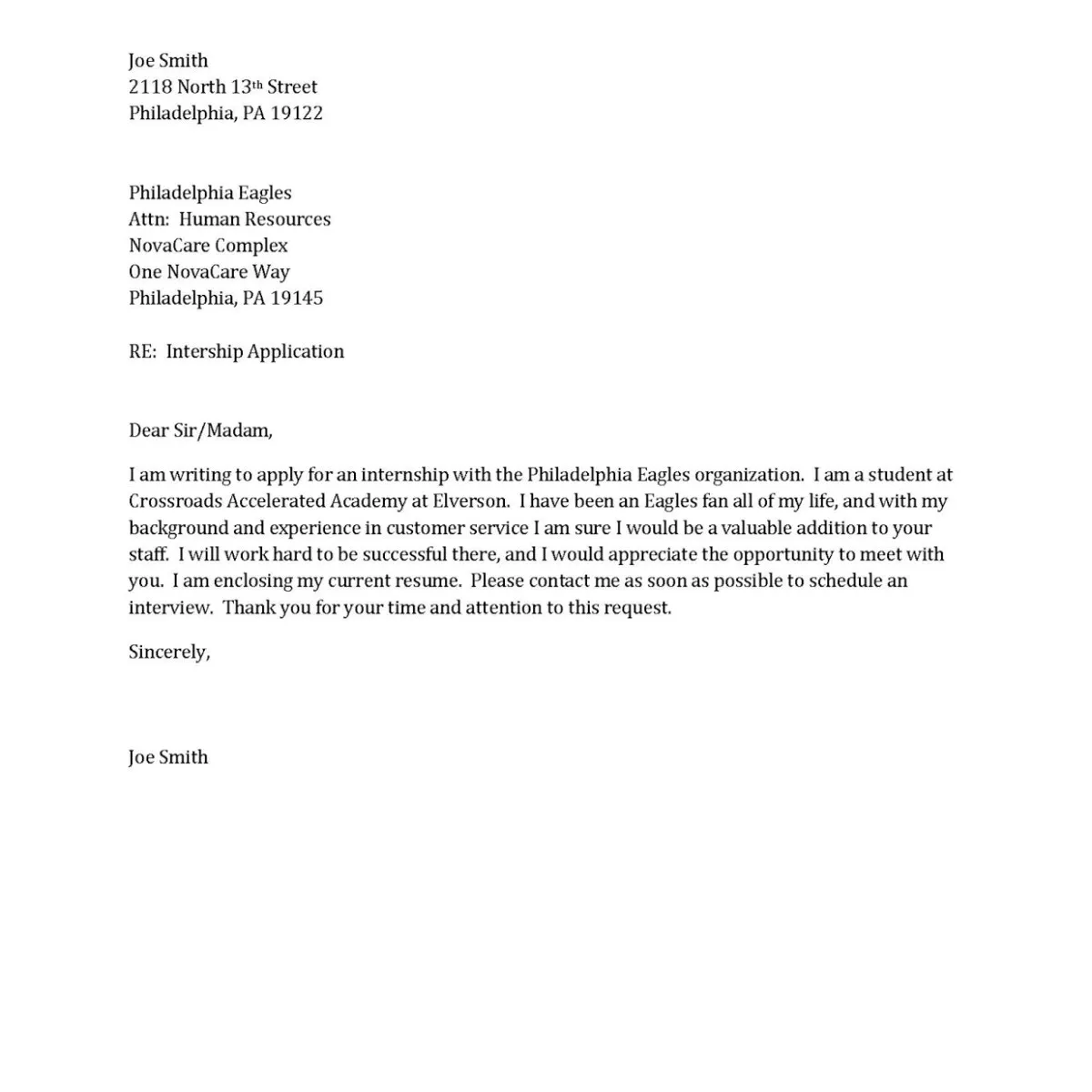
Writing a cover letter that impresses requires more than just the right salutation. Pay close attention to the content, format, and overall presentation. Also, proofread and edit your letter. Tailor it to each specific job and include a strong call to action. This meticulous approach ensures your cover letter is polished, professional, and effective. Following these tips, you increase your chances of standing out and securing an interview. The right structure and content will help you make a lasting impression on the hiring manager.
Proofreading and Editing Your Cover Letter
Before sending your cover letter, always proofread and edit it. Check for grammar, spelling, and punctuation errors. Ensure the content is clear, concise, and easy to understand. Errors can make your application appear unprofessional. Ask a friend or colleague to review your cover letter. A fresh pair of eyes can catch mistakes that you might miss. Proofreading is a critical step in the application process. Make sure your cover letter is free of errors and presents you in the best possible light. It’s a simple step that can make a big difference in your chances of success.
Tailoring to the Specific Job
Each cover letter should be tailored to the specific job you’re applying for. Review the job description carefully and highlight the skills and experiences that match the requirements. Use the same keywords and phrases used in the job posting. Customize your cover letter to demonstrate that you understand the role and the company’s needs. Generic cover letters can make you seem uninterested in the particular job. Tailoring your letter ensures that you present yourself as the perfect candidate. This will increase your chances of an interview.
Including a Strong Call to Action
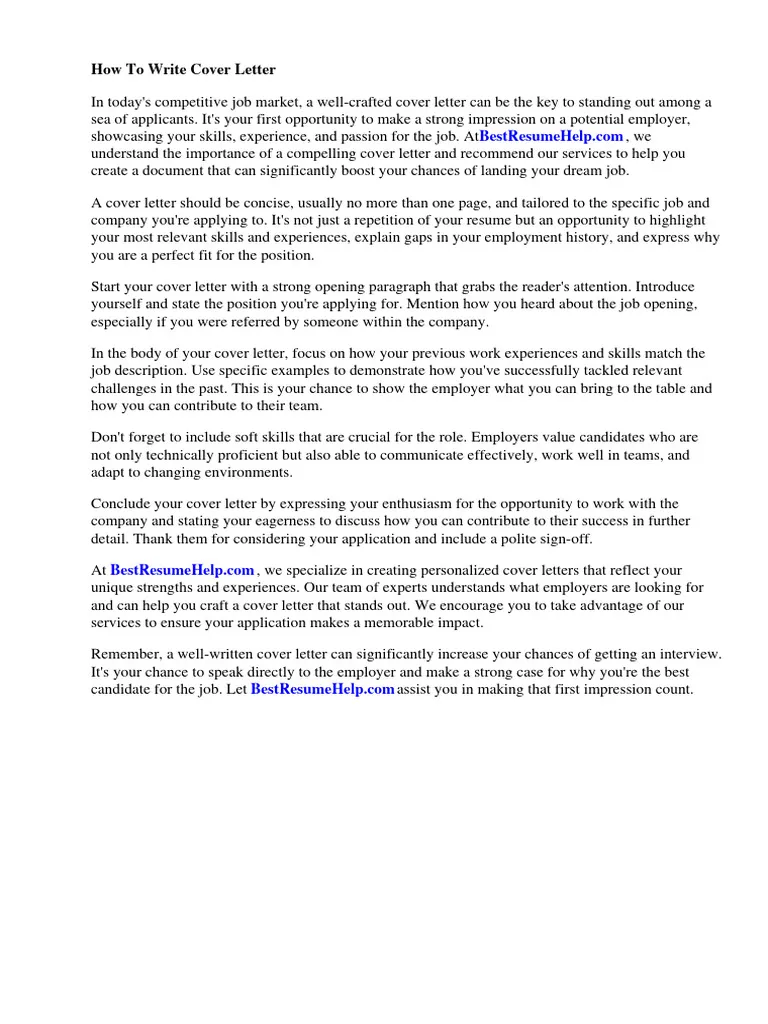
Include a call to action to encourage the hiring manager to take the next step. End your cover letter by stating your interest in an interview. Offer to provide any additional information or answer questions. Make it easy for the hiring manager to contact you. Your call to action should be clear and direct. This is your chance to invite the hiring manager to take the next step. By including a strong call to action, you increase the likelihood of getting an interview and making the most of your application. A well-crafted closing can significantly improve your application.
